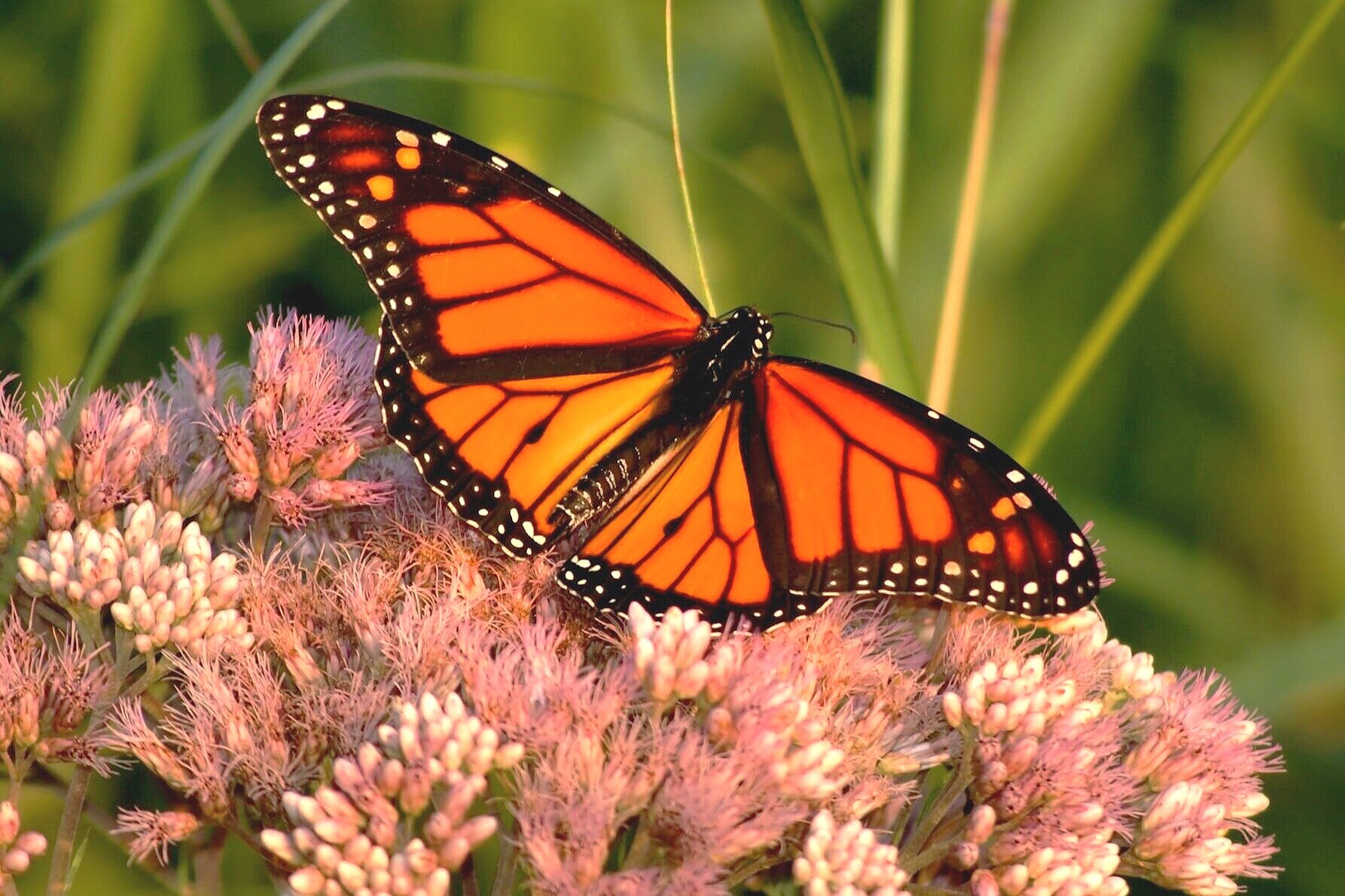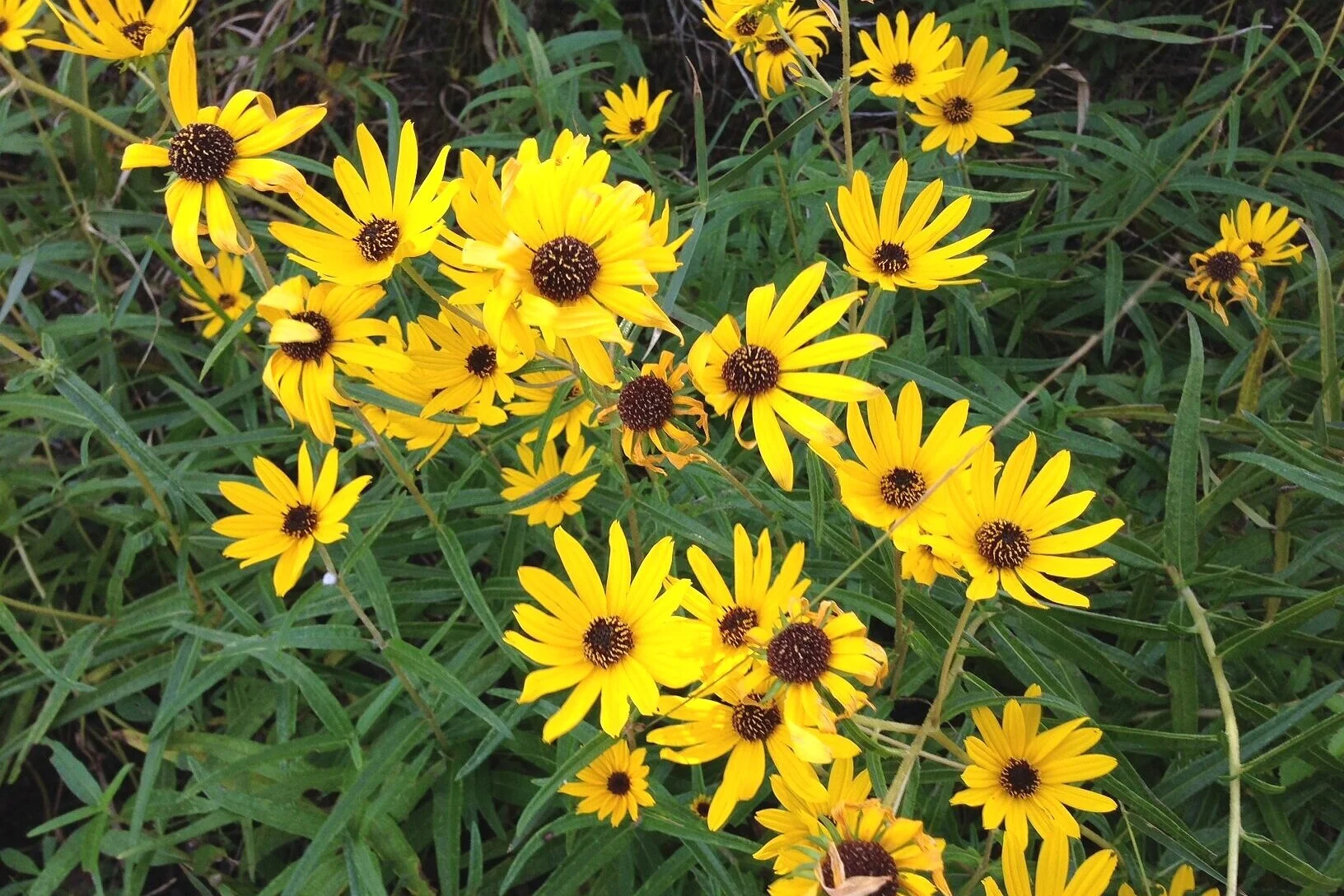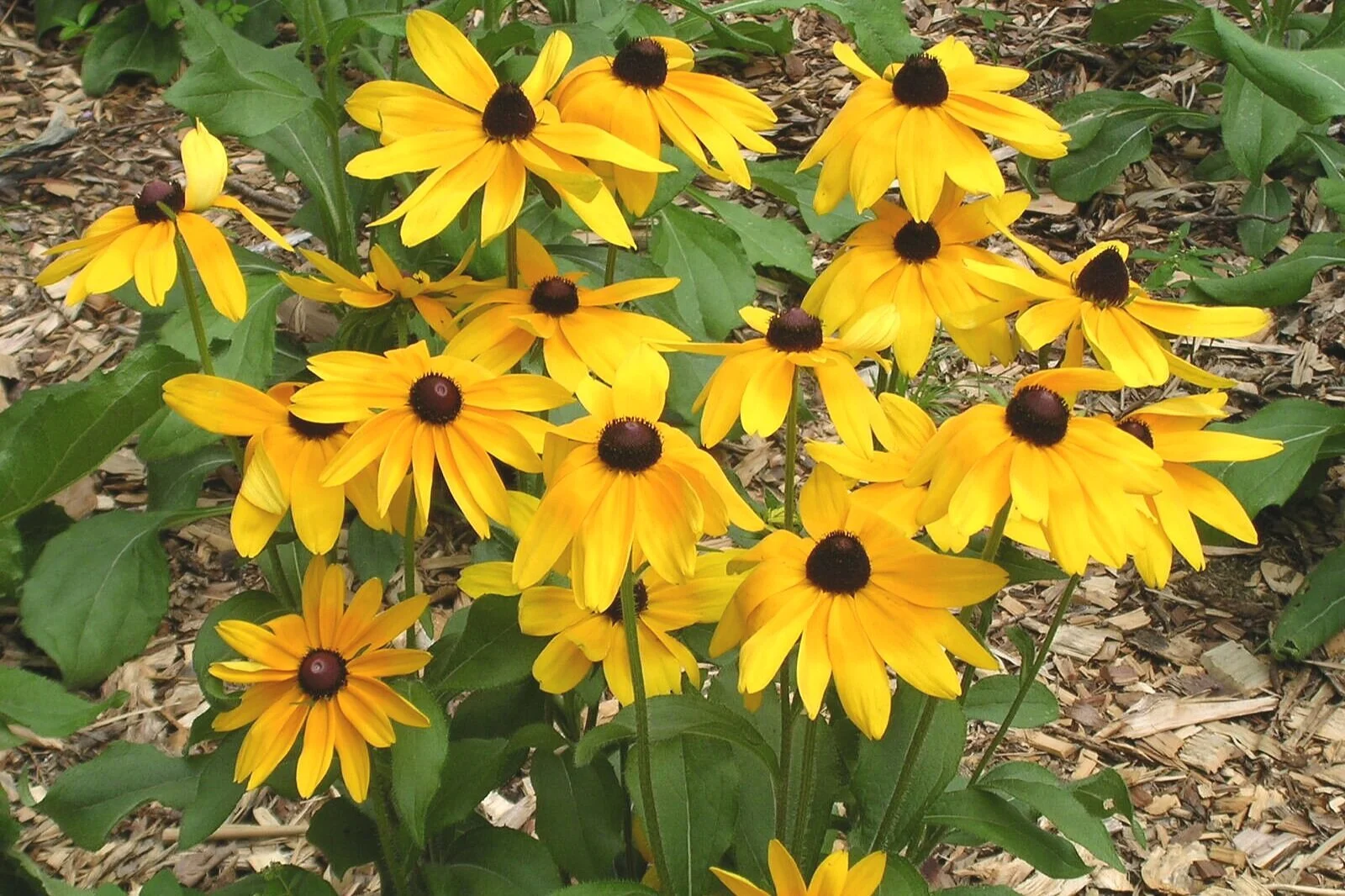How to bring butterflies and pollinators to your lawn
By Jacob Heitsman and George Atchley
Butterfly and pollinator gardens thrive in a pesticide-free environment. By eliminating insecticides and choosing the correct plants, an ordinary yard can be transformed into a vibrant oasis.
Start with eco-friendly pest control
Neonicotinoid insecticides have been used in seed treatments, turf and ornamental plant pest control, household pesticide control, and in lawns and gardens. These systemic insecticides provide internal protection from predatory insects throughout the entire plant. Therefore, they are present in all plant tissues, including pollen and nectar, which have led to concerns about how they influence pollinator insects.
Avoid purchasing seeds or plants treated with Neonicotinoids, the most widely used insecticide. Lawn spraying can also endanger surrounding garden areas.
To control unwanted insect pests, start with non-chemical techniques first, and if you must use a pesticide, try to choose the gentlest option – like an insecticidal soap. As much as possible, avoid spraying the blooms, and plan to spray in the late evening when butterflies are less likely to be feeding.
Which plants attract butterflies and pollinators?
A beautiful yard will certainly bring compliments and admiration. But, a living yard will interact with you. Imagine your yard and garden alive with nature – an ethereal wonderland of butterflies, hummingbirds and pollinating insects.
That wonderland of life needs to be invited into your garden. These plants that will serve as that invitation:
Florida Milkweed
Milkweeds (Pink Swamp, White Swamp, Butterfly) act as a host plant for Monarch and other butterfly larvae. It is a habitat for migratory butterflies.
Stokes’ Aster
Asters (Golden, Stokes’) are nectar plants, with several varieties available for North Florida gardens. The Pearl Crescent butterfly is particularly fond of these.
Narrowleaf Sunflower
Sunflowers are a host and nectar plant for several varieties of butterflies.
Black-Eyed Susan
Black-Eyed Susans are a nectar plant for several butterfly varieties.
Sage
Tropical Sage is another nectar plant that attracts several butterfly varieties.
Garberia is a nectar plant for the Great Blue or Great Purple Hairstreak butterflies.
Firebush
Firebush is a nectar source for at least six varieties of butterflies.
Azalea
Azaleas are nectar plants for butterflies and hummingbirds.
Florida Flame Azalea is a hummingbird nectar plant.
Indigo Bush is a larval host for several varieties of butterflies, and also attracts hummingbirds and other pollinators.
Eastern Redbud
Eastern Redbud is a larval host for Henry’s Elfin butterfly and Io moth. It’s also a favorite of bumblebees.
Holly
Dahoon Holly are a favorite for bee pollination.
Walters Viburnum is a larval host for the Spring Azure butterfly, and attracts a wide range of pollinators.
Plum
Plum (Chickasaw, Hog) are a favorite for bee pollination.
Sparkleberry is a larval host for Striped Hairstreak butterflies, and is valuable to native bees.
Conclusion
Are you ready for your yard and garden to come alive? Adding a few of these plantings, and using responsible pest control will let the pollinator fauna know you are a welcoming host. Create a menu in your yard, and they will come!
Sources: https://edis.ifas.ufl.edu/publication/uw057 and https://edis.ifas.ufl.edu/pdf/EP/EP42000.pdf











